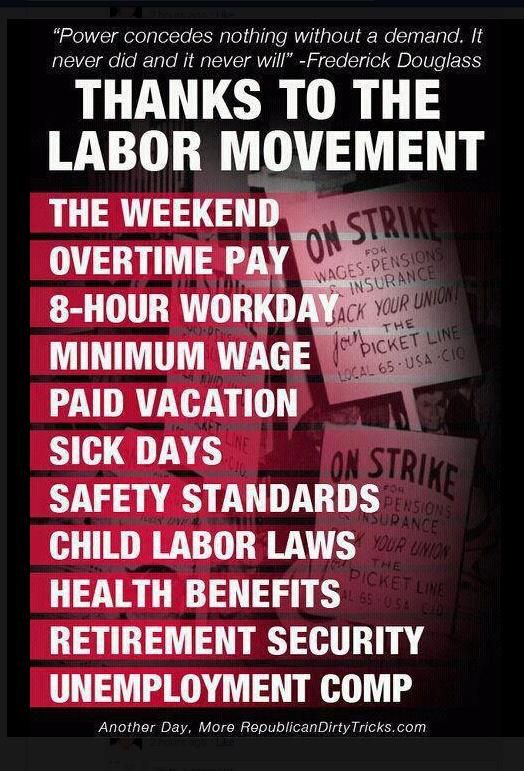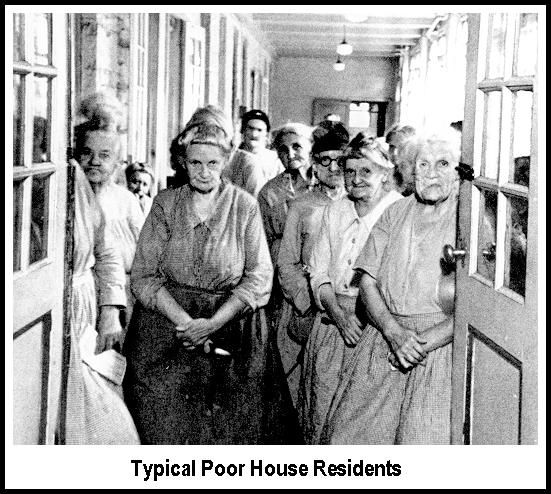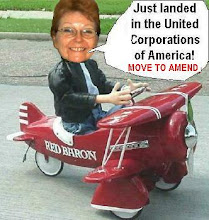GOP Labor Day - Take Country Back To Poorhouse Days

A poorhouse or workhouse was a government-run facility in the past for the support and housing of dependent or needy persons, typically run by a local government entity such as a county or municipality.PS: Now we know what the Republicans mean when they shout TAKE OUR COUNTRY BACK… to the days of the Poor House. Happy Labor Day!
The term is commonly applied to such a facility that housed the destitute elderly; institutions of this nature were widespread in the United States prior to the adoption of the Social Security program in the 1930s. Facilities housing indigents who are not elderly are typically referred to as homeless shelters, or simply "shelters," in current usage.
Often the poorhouse was situated on the grounds of a poor farm on which able-bodied residents were required to work; such farms were common in the United States in the 19th and early 20th centuries; it could even be part of the same economic complex as a prison farm and other penal or charitable public institutions.

the Poorhouse Story
(often also called Poor Farms -- and several similar terms --
or referred to with the older term -- Almshouses)
Poorhouses were tax-supported residential institutions to which people were required to go if they could not support themselves. They were started as a method of providing a less expensive (to the taxpayers) alternative to what we would now days call "welfare" - what was called "outdoor relief" in those days. People requested help from the community Overseer of the Poor ( sometimes also called a Poor Master) - an elected town official. If the need was great or likely to be long-term, they were sent to the poorhouse instead of being given relief while they continued to live independently. Sometimes they were sent there even if they had not requested help from the Overseer of the Poor. That was usually done when they were found guilty of begging in public, etc.
[One misconception should be cleared up here; they were not technically "debtors' prisons." Someone could owe a great deal of money, but if they could still provide themselves with the necessities for remaining independent they might avoid the poorhouse.]
BEFORE POORHOUSES
the Poorhouse Story
Prior to the establishment of poorhouses the problem of what to do with paupers in a community was dealt with in one of three ways:
Outdoor Relief provided through an Overseer of the Poor: When people fell upon hard times and members of their family, friends or members of their church congregations could not provide enough assistance to tide them over, they made application to an elected local official called the Overseer of the Poor. Within a budget of tax money, he might provide them with food, fuel, clothing, or even permission to get medical treatment to be paid out of tax funds. http://www.poorhousestory.com/history.htm
~~~
In England, Wales and Ireland (but not in Scotland) a poorhouse was more commonly known as a workhouse. In early Victorian times (see Poor Law), poverty was seen as a dishonorable state caused by a lack of the moral virtue of industriousness (or industry as it was called). As was depicted by Charles Dickens, a workhouse could resemble a reformatory and house children, either with families or alone, or a penal labor regime to give the poor work at manual labor and subject them to physical punishment. As the 19th century progressed, conditions improved.
Labels: GOP, house, labor, Liberals, Obama 2012, political, poor, tea party, unions, workers







<< Home